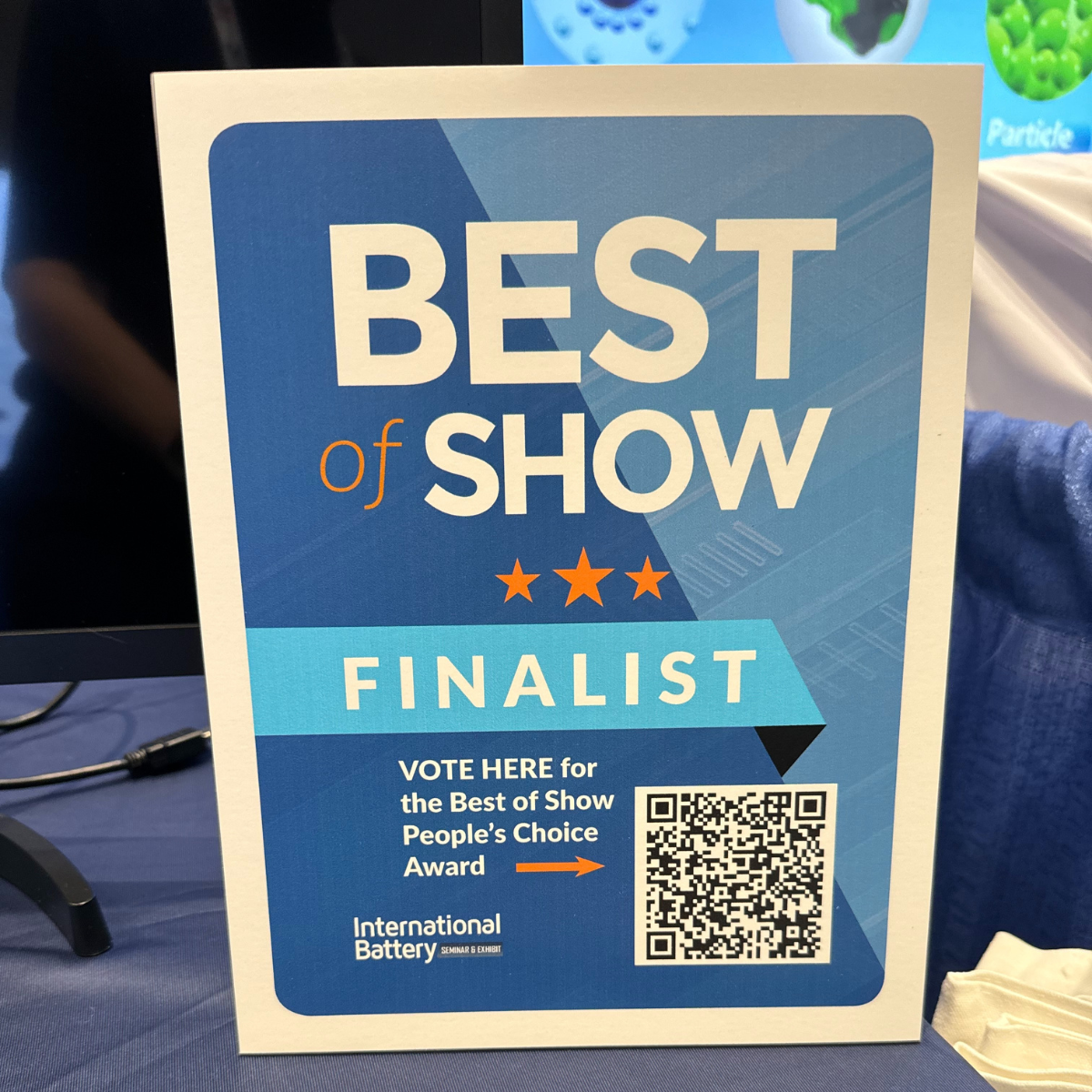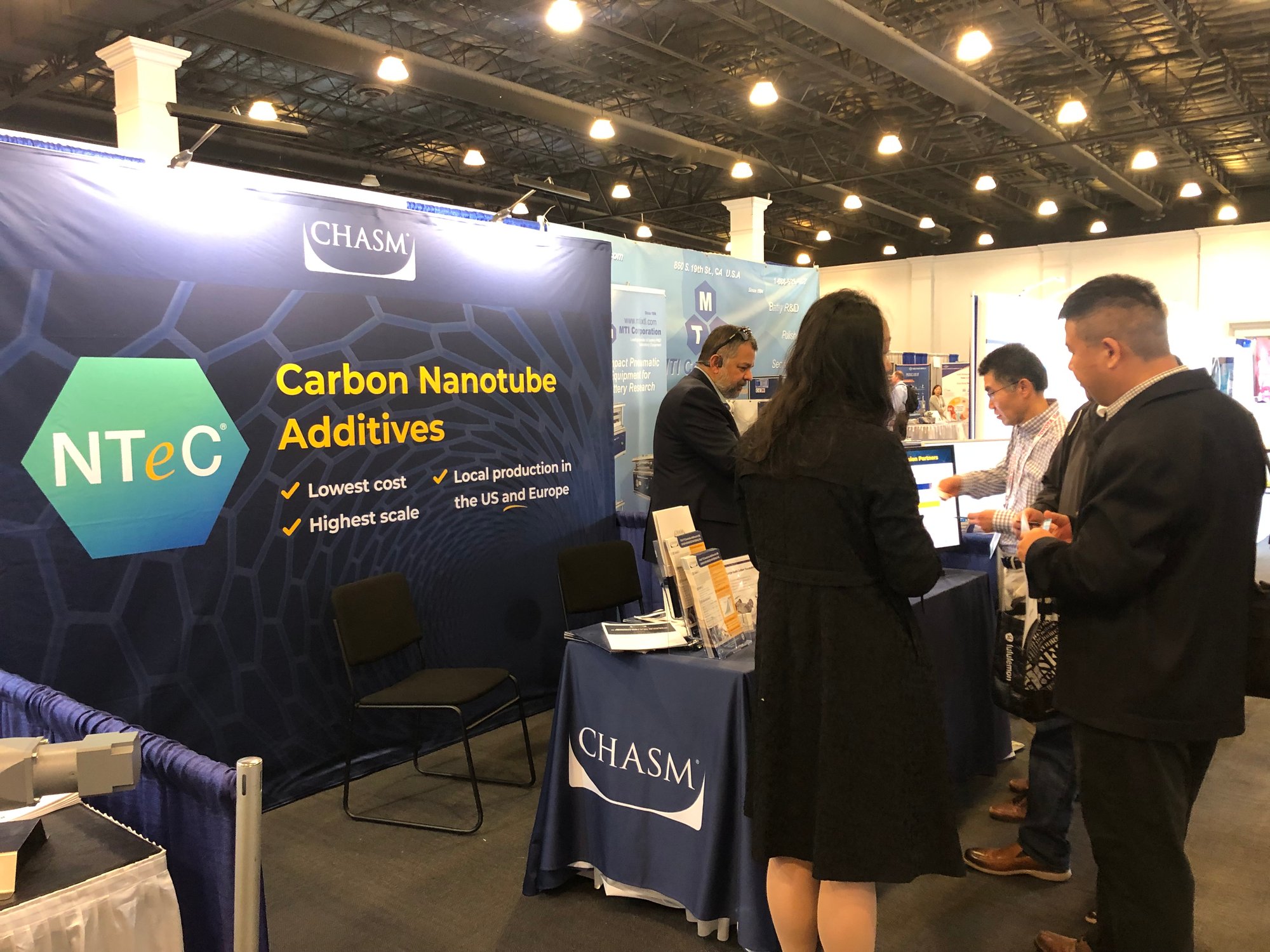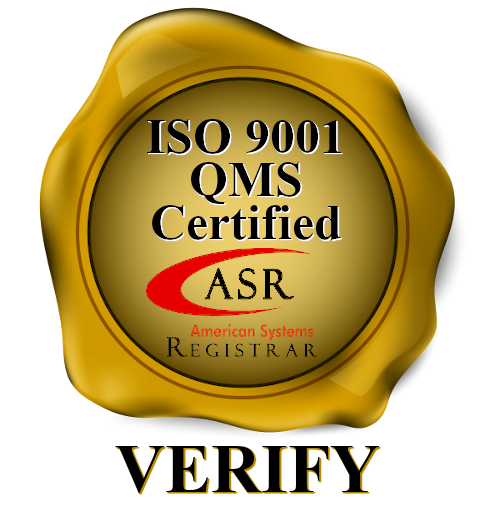Guide to Conductive Touch Sensors for Appliances and IoT Devices
Form, fit and function – good design encompasses all three objectives. While “form” and “fit” get a fair bit of attention – comprising the basis of first impressions with users – failing in “function” makes a far more lasting impression on users. When considering alternative Transparent Conductive Films (TCFs) for your next innovative electronic device application, be sure to assess how the device will be used including its intended operational environment in order to preclude failures in the field. The best TCF choice is not only one with the optoelectronic performance necessary for the application, but also one that will stand up to day-to-day operation.
To ensure you’re designing for all three objectives, first consider a few basics:Flat or Curved?
Are you designing on a flat surface or a curved surface? Answering this question is key in determining what kind of conductive material you will need to use for your touch button application. If it’s a flat surface, you will have more options available such as Indium Tin Oxide (ITO). However, ITO is far to brittle to work on a curved surface. Especially if the curvature is achieved by thermoforming and/or overmoulding processes. If you're used to working with ITO, you may not even be considering a curved design. However, curved surfaces allow for more modern designs that today’s end users gravitate towards and there are advanced materials that do allow for touch buttons on curved surfaces such as PEDOT and AgeNT (CNT Hybrid).
What Level of Transparency Is Ideal?
Today’s end users love the look and feel of backlit capacitive touch buttons/sensors. Apple has helped create the expectation from users for capacitive touch interfaces. If you’re designing with the modern look of backlit buttons in mind, traditional circuits are not your best bet. For example, PCB mounted LEDs combined with fiber optic lighting is not as clear or bright as LEDs mounted on a flexible printed circuit (FPC) right behind the keypad buttons.
If the level of transparency your looking for is high, you should also consider any color tint associated with particular transparent conductive materials. Do you want it to be neutral and clear? Or can it have a colored tint to it? For example, PEDOT has a blue tint/hue associated with it. If you need a high level or transparency and cannot accommodate for a color tint in your sensors an FPC solution suitable for your application could be a carbon nanotube hybrid material such as AgeNT.
What Amount of Durability Is Required?
If your product is going to have a fairly long life cycle, you’ll need to make sure that all your components can match that life cycle. Nothing is more frustrating or disappointing for an end user than a touch button failing on their beloved washing machine or coffee maker. Certain materials for creating circuits and touch sensors have a longer life cycle than others, especially when looking at certain tests such as hot/wet environmental testing or UV exposure testing. As a Product Designer or Engineer, you don’t want to be incorporating materials into your product design that fail in the field. A form of carbon, the carbon nanotubes in CNT hybrids are environmentally stable unlike TCF alternatives such as PEDOT or silver nanowires (AgNW). Being conductive, CNTs in the CNT hybrid TCF encapsulate the silver nanowires providing environmental stability without acting as an insulator.
Conclusion
Electronics that are both flexible and transparent offer engineers and product designers greater design freedom to embed circuits or user interface interactivity where desire, but they must also be durable to withstand daily use. Products developed in this way will not only push the envelope in user experience, design simplicity, economy of material and manufacturing efficiency, but also deliver longevity in operation to giving them a strategic competitive advantage.
Whether you are redesigning or creating a thermostat, kitchen appliance, laundry appliance, coffee maker, smart speaker or a home automation IoT device – these principles will ring true. If you're looking to compare today's ITO alternatives, download a free copy of The State of ITO Alternatives Whitepaper:

.jpg)
























